Practicing Brahms
—Piano Solo, Intermezzo, Op 118 No. 2 (1893)
My Steinway’s gelid laquered keys turn gauzy.
The notes and markings that Johannes wrote
(composed with goose-wing feather quills) now float
aloft in realms of lush melodic poesy—
pining for Clara, forty fervid years
la belle dame sans merci—unconsummated.
I pause, caress the keyboard lightly: freighted
with bygone loves, convulsive racking tears.
Mary Jane Myers resides in Springfield, Illinois. She is a retired JD/CPA tax specialist. Her debut short story collection Curious Affairs was published by Paul Dry Books in 2018.



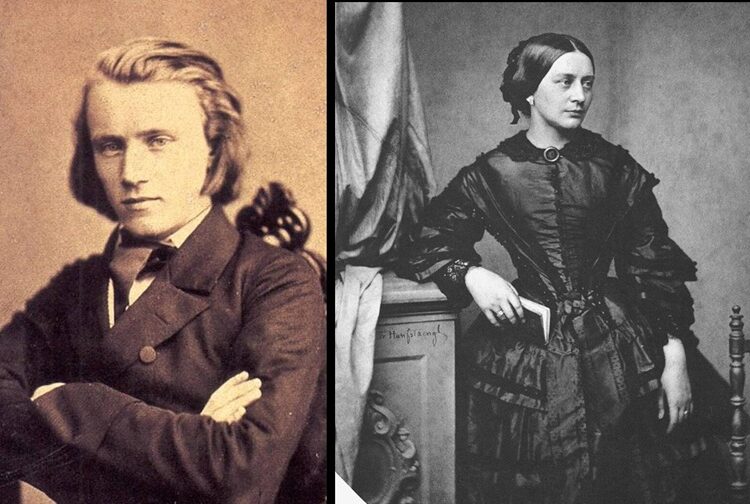

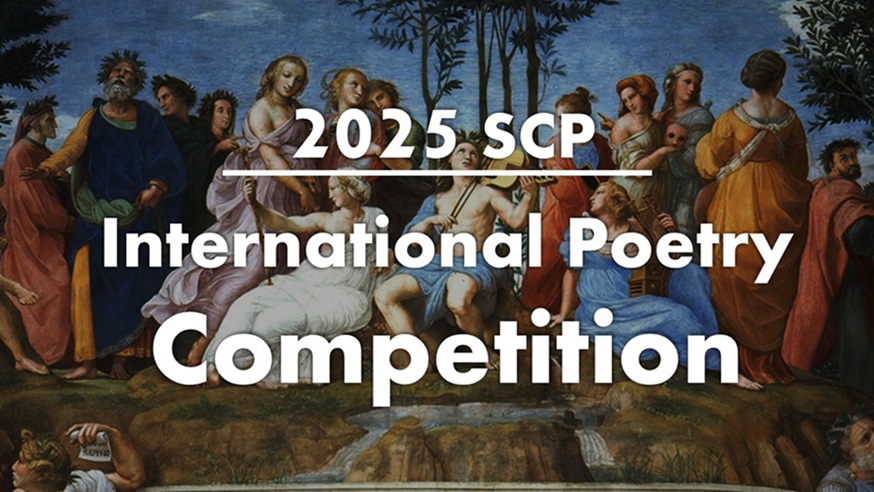
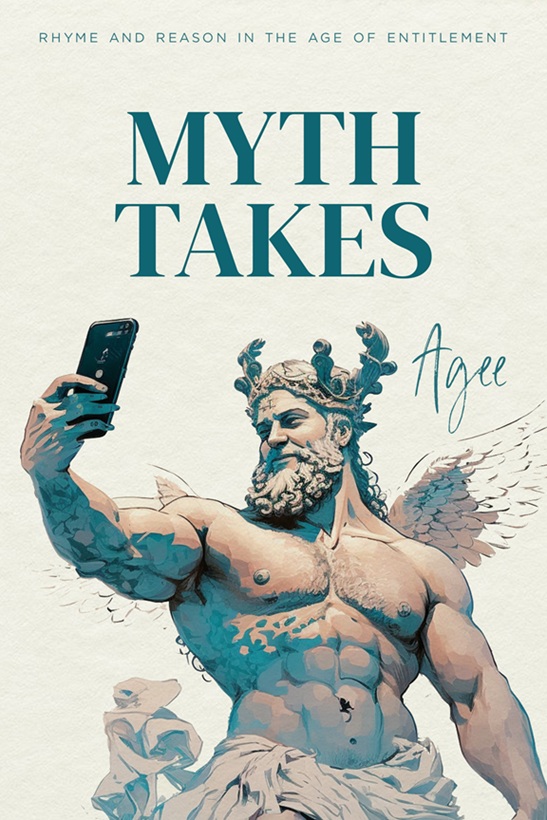

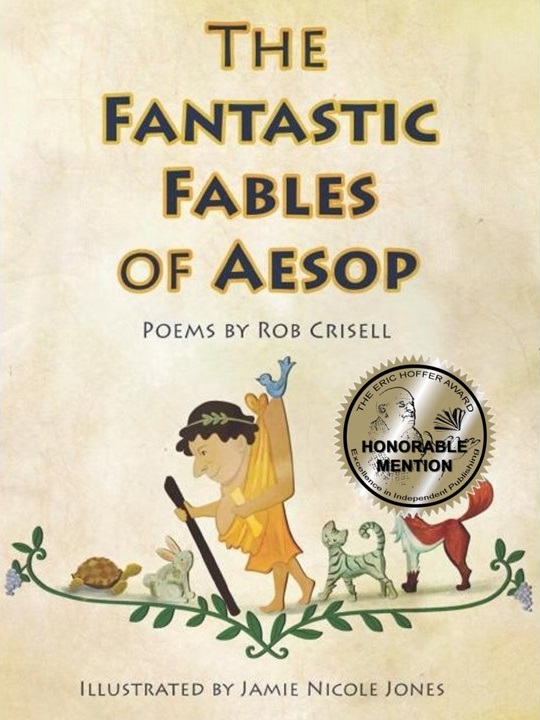
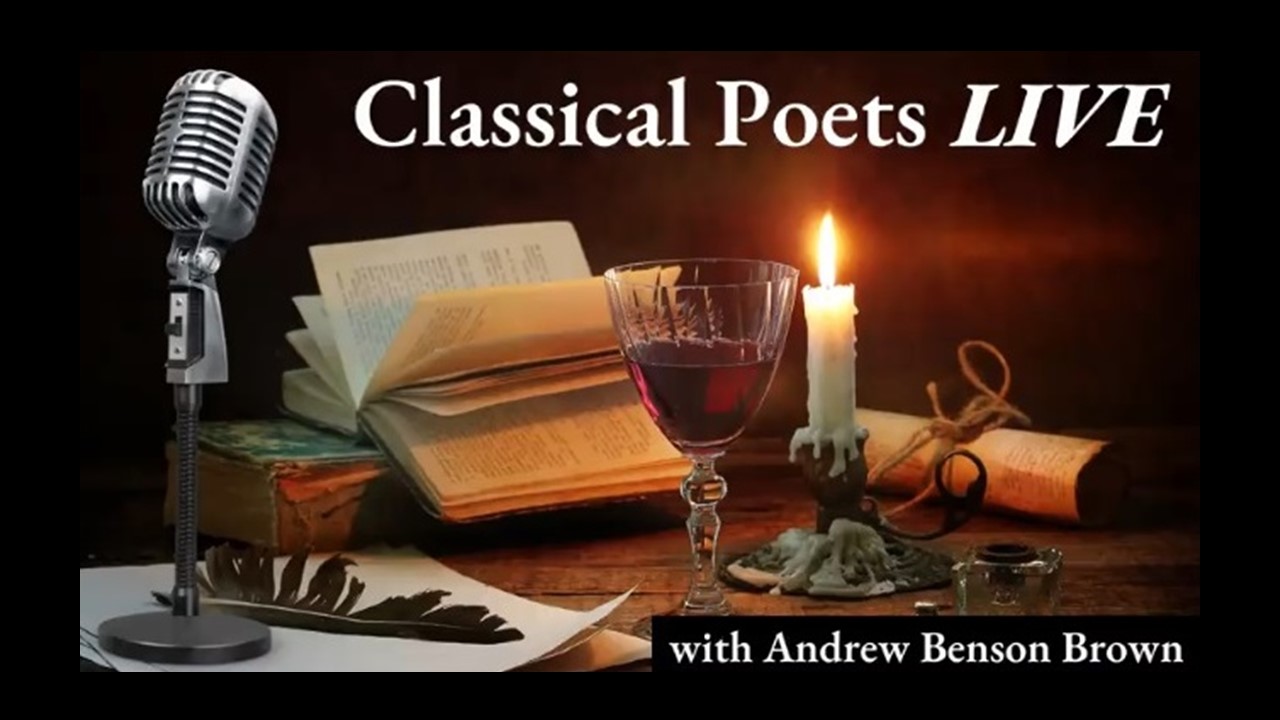

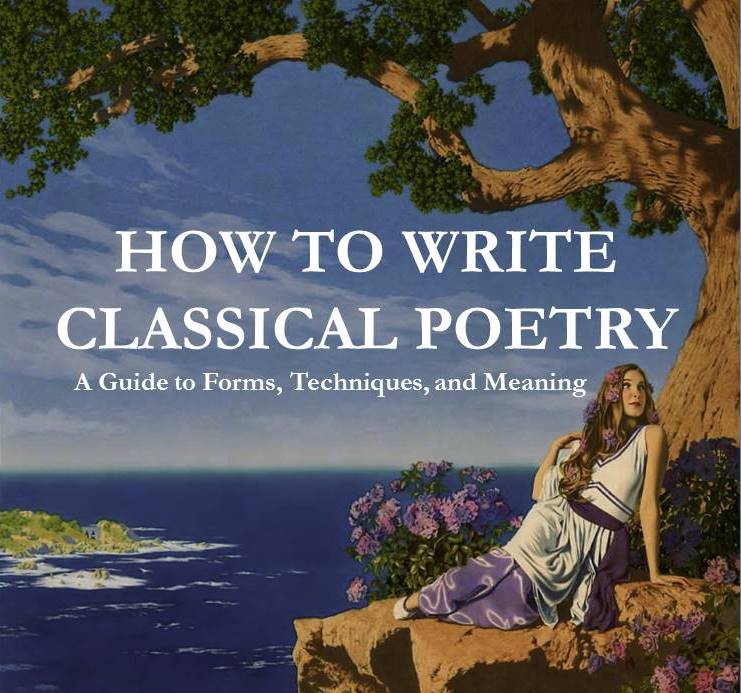




Ms. Myers,
Congratulations on a splendid accomplishment. This is exactly what a poem should be and do.
May you have many more years of such work…and piano practices.
So well articulated. You are blessed with the right words
of appreciation for and the opportunity to spend time with one
of your Muses.
Mary Jane, your poem flows like a Brahms opus on a Steinway.
These two perfectly chiselled quatrains are an example of brevity and intensity combined. Because the poem is short, individual words and phrases exude a more powerful force. The Steinway piano’s “gelid, lacquered keys” is one instance of this; the other is the magnificent closure of “convulsive racking tears.”
This octave of paired quatrains describes and explains both the sound effects of piano practice, and the emotion carried by this particular Brahms piece. You use words that imply musical lightness in contrast to the hard shiny surfaces of the material piano: gauzy, feather, float aloft, pause (after which the comma itself is airy), caress the keyboard lightly.
I notice you choose envelope quatrains, closed (abba cddc) to allow the first to contain the name Johannes, and the second the name Clara. And they stand opposed in masculine and feminine rhyme (fmmf, mffm). Moreover, the word “poesy” that ends the first quatrain, though it could be pronounced po-eh-zee, must be a “posy” to rhyme with “gauzy.” Thus Johannes concludes his part of the poem by offering a flower to Clara.
The second quatrain ends with tears, but at this moment in time one can only imagine whether they belong to either or both of the bygone lovers, or to the present pianist.
“Gauzy” rhymes neither with “posy” nor “poesy.” If Brahms is offering a flower to the long-dead Clara Schumann, there is no verbal evidence of it in this poem.
You are indulging, Margaret, in a fictive mimesis of literary criticism.
It’s an IMPERFECT RHYME. Mary Jane knows that.
I’m sure she does. I know it too. That still doesn’t mean that Brahms was giving a flower to Clara. That’s what was fictive in your criticism.
Mary Jane, you have managed to keenly express so much feeling, profundity, and beauty in just eight lines… very fine work!!